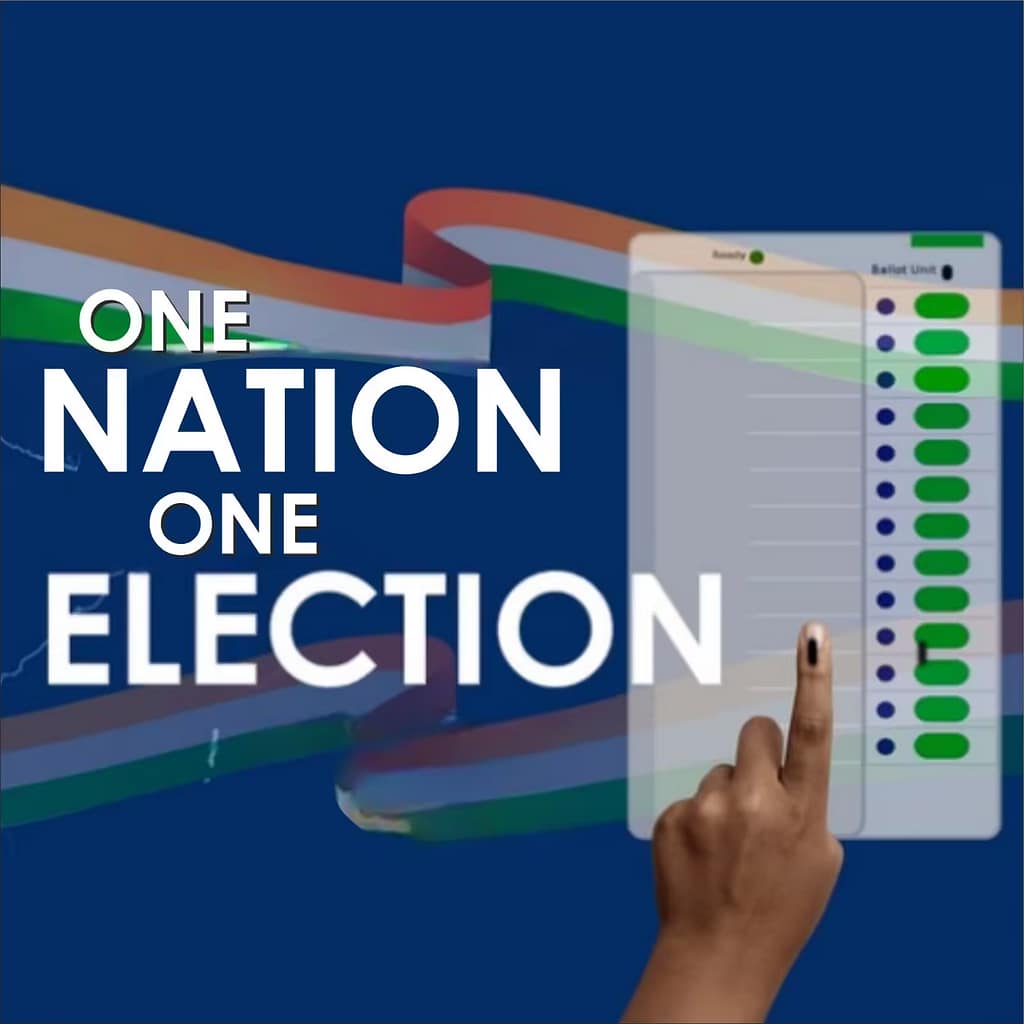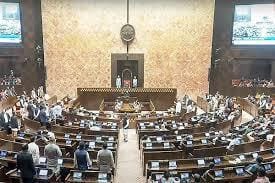One Nation, One Election is the most discussed topic of discussion as far as Indian politics are concerned. It envisions uniformity in elections for the Lok Sabha forming the lower house of India’s Parliament and the State Legislative Assemblies as a proposal to streamline the electoral process in a vastly heterogeneous and populous nation. In this blog post, we will delve deep into the nitty-gritty about this concept along with its historic context, likely benefits, challenges, and implications it will carry for India’s democratic structure.
Historical Context
The concept of concurrent elections is not new to India. The founding fathers of the Indian Constitution did presume an efficient electoral process that would eventually lead to stability and efficiency in governance. Actually, during the early days, Lok Sabha and State Assembly elections used to be held together for some time. Later, states started breaking up their assemblies for one reason or the other and this synchronization of elections was disturbed.
The need for an integrated election process periodically arose, more so when political stability became the immediate concern. The call for “One Nation, One Election” gained more volume in the 21st century, partly due to the rising cost of elections and the mounting effects of cyclical elections on governance.
Concept Definition
The “One Nation, One Election” proposal recommends that all parliamentary and state assembly elections take place at the same time of, possibly every five years, so that on that day voters would vote, and thus concurrently representatives would come into office at the national level as well as state level.
Proponents of the idea believe that this would alleviate the financial pressure of holding several elections, lighten the burden on administrative resources, and may also result in more decisive rule as the frequent interruptions by holding elections are removed.
1. Savings through Costs
Simultaneous elections also carry the massive benefit of immense cost-cutting measures. The ECI often emphasizes these financial benefits it would incur by holding simultaneous elections. These include security deployments, salaries and other engagements of the election staff, and other logistics costs. All these can be cut down since a common election would simplify the operations .
2. Reduced Political Instability
Frequent elections raise the political instability, particularly in respect of a country like India that follows a multi-party system. With synchronized elections, it is possible to create stability in the political arena. Political parties could thus clearly determine when they are going to be in government and achieve their policies rather than being constantly in an election mode, which throws their agenda off course.
3. Increased Voter Turnout
With aligned elections, voters would notice a cohesive effort in governance which could lead to higher turnouts. The more often elections are held, the more likely the voters are to become disinterested. A synchronized election cycle could excite the voters’ interest by giving a comprehensive view of governance.
4. Governance Outcome
Currently, when the elections take place in intervals, most often parties like to slog in electioneering rather than governance. The “One Nation, One Election” can provide ample time to the governments for action on policy instead of getting enmeshed in an endless cycle of elections.
Challenges Ahead
Though the prospect looks promising, the concept of “One Nation, One Election” is fraught with challenges that need to be addressed:
1. Constitutional Amendments
It would require a drastic modification to the Constitution. Even now, there are provisions for the duration and timing of elections, giving sufficient flexibility in the state assembly. Alterations in the same would essentially necessitate much more extended political consensus, which is extremely difficult to arrive at in an increasingly diversified political scene.
2. Problematic regarding State Autonomy
Being a union of states, each having its own political priorities and governance styles, holding simultaneous elections may jeopardize the autonomy of states as regional issues may be drowned out by national narratives, bringing the one-size-fits-all approach to governance.
3. Logistical Complexities
A country as vast and diverse as India will always make conducting simultaneous elections inherently complex. There would be immense difficulties in the security of the polling booths, logistics, and integrity of the entire process.
4. Impact on Minor Parties
Simultaneous elections may deter the entry of smaller parties into the fray since fighting for a bigger mandate requires more resources. Therefore, smaller parties may inadvertently contribute to a condition of dominance of larger parties at the expense of democracy’s multiplicity of voices.
Conclusion
One Nation, One Election” carries the aspirations of the many who dream of a much simplified and streamlined process in the democratic system, but it cannot be denied that the potential damage caused to the Indian political framework cannot be overlooked.
Such strong consensus must be built out of a robust debate among diverse political backgrounds, academia, and civil society stakeholders. Implementation may take place in phases, introduce pilot programs, or otherwise develop alternative approaches to harmonizing elections without any dilution of regional concerns.
No doubt the point must be such that not only is it cost-effective for elections but also strengthens the democracy of India, and integrity of such a process must be maintained so that voices of all Indians are heard and included in the halls of power.
This “One Nation, One Election” is the yardstick for a living democracy in perpetual development between tradition and innovation. It confirms the aspirations of one billion voices striving sincerely for a cohesive national identity as they celebrate the very diversity that marks India unique.



